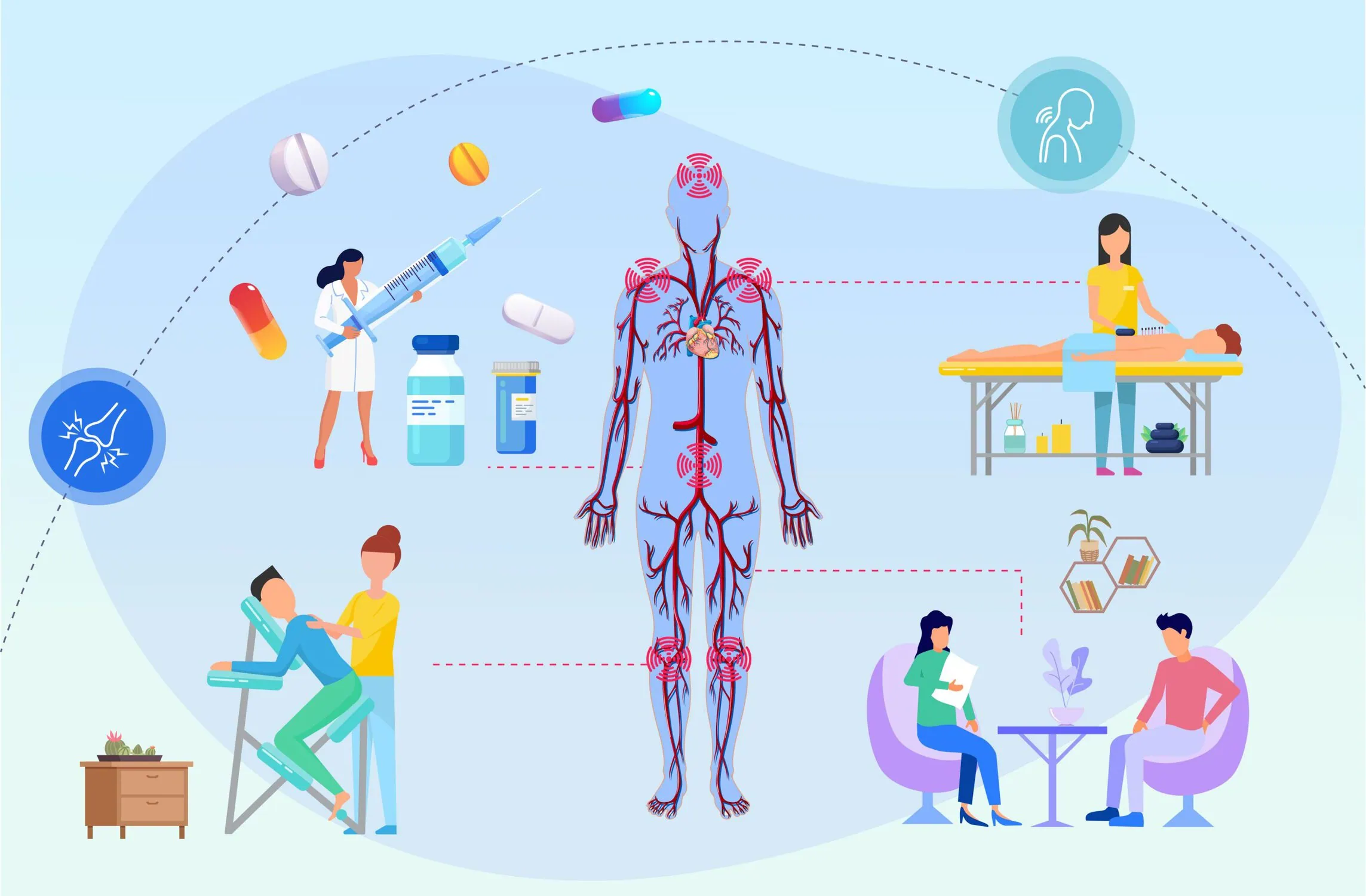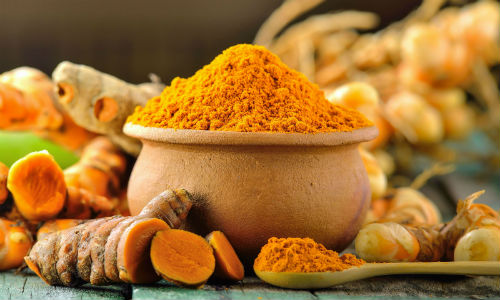Chronic pain affects millions worldwide, often interfering with daily life and overall well-being. While medications can provide relief, many individuals seek more comprehensive, natural ways to manage pain. Holistic approaches focus on treating the whole person—mind, body, and spirit—offering a well-rounded strategy to reduce pain and improve quality of life.
What Is Holistic Pain Management?
Holistic pain management involves combining conventional treatments with complementary therapies that address physical, emotional, and psychological factors contributing to pain. The goal is to empower individuals to actively participate in their healing journey and promote long-term wellness.
Common Holistic Methods for Chronic Pain
1. Mind-Body Techniques
-
Meditation and Mindfulness: These practices help reduce stress and pain perception by calming the nervous system and improving mental focus.
-
Yoga and Tai Chi: Gentle movements improve flexibility, strength, and relaxation, easing muscle tension and joint pain.
-
Biofeedback: Teaches control over physiological functions like heart rate and muscle tension to reduce pain.
2. Physical Therapies
-
Physical Therapy: Tailored exercises and stretches enhance mobility, reduce stiffness, and strengthen muscles supporting painful areas.
-
Massage Therapy: Helps relieve muscle tension, improve circulation, and promote relaxation.
-
Chiropractic Care: Focuses on spinal alignment and musculoskeletal adjustments to alleviate pain.
3. Nutritional Support
-
Anti-inflammatory Diet: Eating foods rich in antioxidants, omega-3 fatty acids, and vitamins supports reduced inflammation and pain.
-
Supplements: Turmeric, omega-3 fish oil, magnesium, and vitamin D may help reduce chronic pain.
4. Herbal and Natural Remedies
-
Acupuncture: Inserting fine needles into specific points stimulates the nervous system and promotes natural pain relief.
-
Essential Oils: Oils like lavender and peppermint can soothe pain when used in aromatherapy or topical applications.
-
Homeopathy: Some use homeopathic remedies tailored to individual symptoms for supportive care.
5. Psychological and Emotional Support
-
Cognitive Behavioral Therapy (CBT): Helps modify negative thought patterns about pain, improving coping strategies.
-
Counseling and Support Groups: Provide emotional support, reduce feelings of isolation, and promote mental well-being.
Benefits of Holistic Pain Management
-
Addresses multiple dimensions of pain, not just physical symptoms.
-
Reduces reliance on medications and their side effects.
-
Encourages lifestyle changes that promote long-term health.
-
Empowers patients to take an active role in their healing.
Tips for Getting Started
-
Consult with your healthcare provider to develop a safe, personalized pain management plan.
-
Explore different therapies to find what works best for you.
-
Be patient—holistic approaches often require time and consistency for results.
-
Maintain open communication with your care team about your progress and any concerns.
Conclusion
Managing chronic pain holistically means embracing a combination of therapies that support your body and mind. By integrating mind-body practices, physical therapies, nutrition, natural remedies, and emotional support, you can achieve greater relief and improve your quality of life. Holistic pain management is a journey toward balance, healing, and empowerment.




Comments (0)
Leave a Comment
No comments yet. Be the first to share your thoughts!